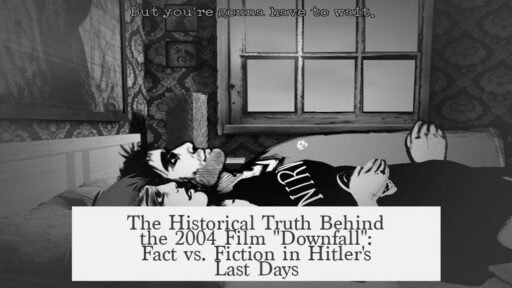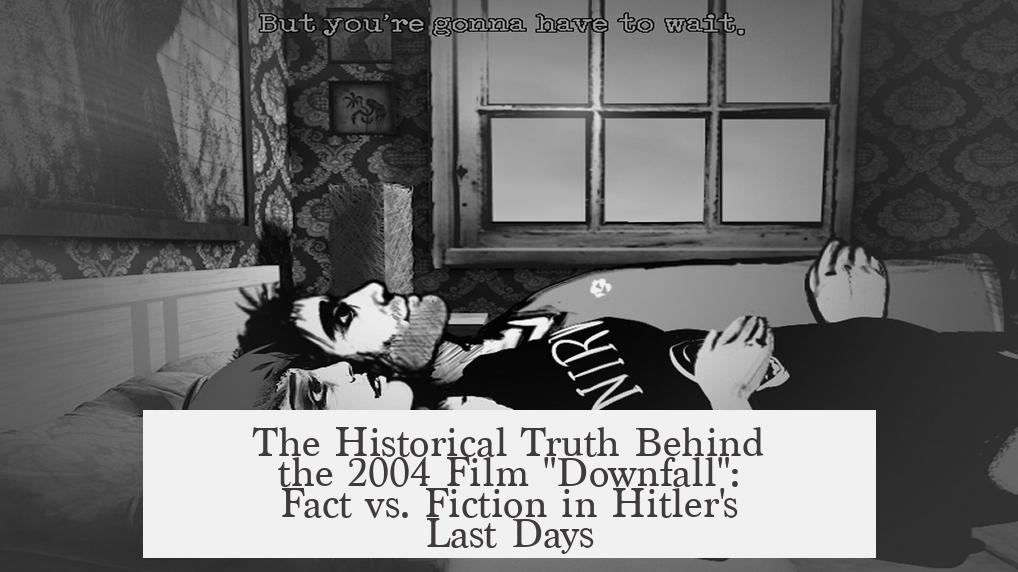The 2004 movie Downfall is generally accurate in depicting the last ten days of Adolf Hitler’s life, offering a detailed, largely faithful portrayal based on extensive historical research and firsthand accounts. The film draws heavily from the memoirs of Traudl Junge, Hitler’s secretary, and other eyewitness sources, allowing it to capture key moments, dialogues, and the atmosphere of the Führerbunker with notable precision.
Hitler’s characterization in the film challenges common stereotypes. Unlike many portrayals that focus on a caricatured, wildly angry dictator, Downfall presents a more nuanced figure. Historians like /u/georgy_k_zhukov note the depiction highlights Hitler’s complex personality, including moments of despair, delusion, and controlled rage, aligning with documented evidence from contemporaries. This approach offers a credible look at his demeanor, avoiding oversimplification.
One of the film’s pivotal scenes, known as the “Steiner Scene,” where Hitler orders General Steiner to attack despite the unrealistic military situation, closely reflects recorded events. Commentary from historians such as BigBennP and Capt_Blackadder explains that the generals present—Keitel, Jodl, Krebs, and Burgdorf—were indeed the key military officials entrusted with final decisions and close to Hitler. This scene accurately captures the disconnect between Hitler’s orders and the reality of the collapsing German forces, illustrating the desperate and delusional thinking prevalent in the bunker’s final days.
The overall depiction of the Führerbunker’s atmosphere—marked by tension, hopelessness, and breakdown of command—receives strong support from historians. Various firsthand testimonies confirm the accuracy of interpersonal dynamics, including the reactions of Hitler’s inner circle and the portrayal of events such as Hitler’s suicide.
While minor artistic licenses exist, such as compression of timelines or dramatization for effect, these do not significantly undermine the historical integrity of the film. It remains one of the most reliable cinematic interpretations of this historical episode.
- Downfall faithfully follows eyewitness accounts and key historical documents.
- Hitler’s portrayal is nuanced and based on contemporary descriptions, not caricature.
- The critical “Steiner Scene” aligns with actual military leadership and decisions.
- The film captures the bunker’s atmosphere and the final ten days accurately.
How Historically Accurate Is the 2004 Movie “Downfall”? Unpacking the Final Days of Adolf Hitler
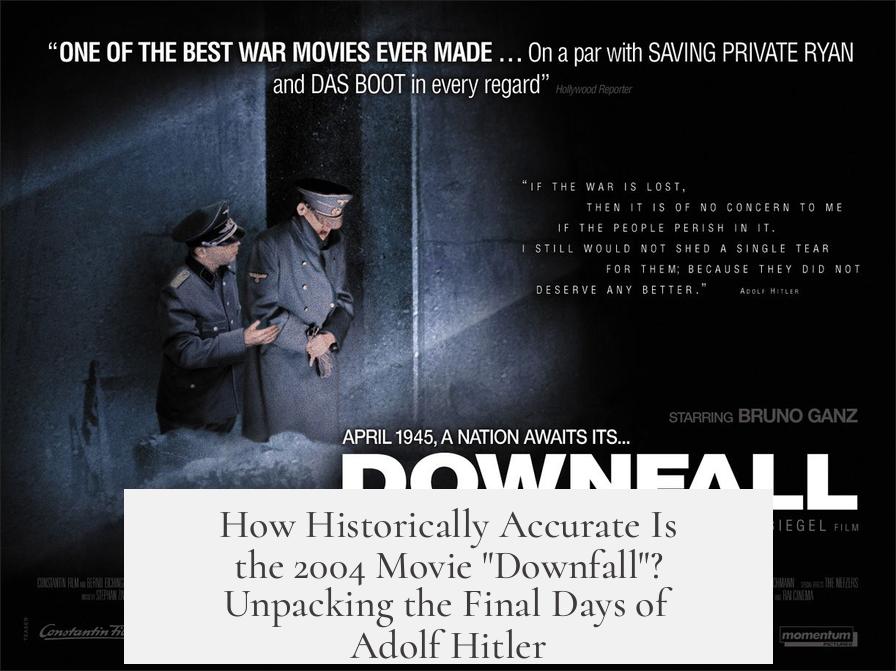
If you’re curious whether the gripping 2004 film Downfall truly captures the last ten days of Adolf Hitler’s life, here’s the scoop: It is largely historically accurate, though like any film, it takes some artistic license for dramatic effect. But what exactly does that mean for viewers seeking a real window into history? Let’s dive into the details and separate fact from fiction.
Director Oliver Hirschbiegel’s Downfall (originally Der Untergang in German) is based on memoirs, primarily Traudl Junge’s diaries. Junge was Hitler’s private secretary during his last days in the Führerbunker. Her firsthand accounts significantly shaped the film’s portrayal of events. But relying on a single personal perspective begs the question—does the film truly reflect the broader historical reality?
The Film’s General Historical Accuracy
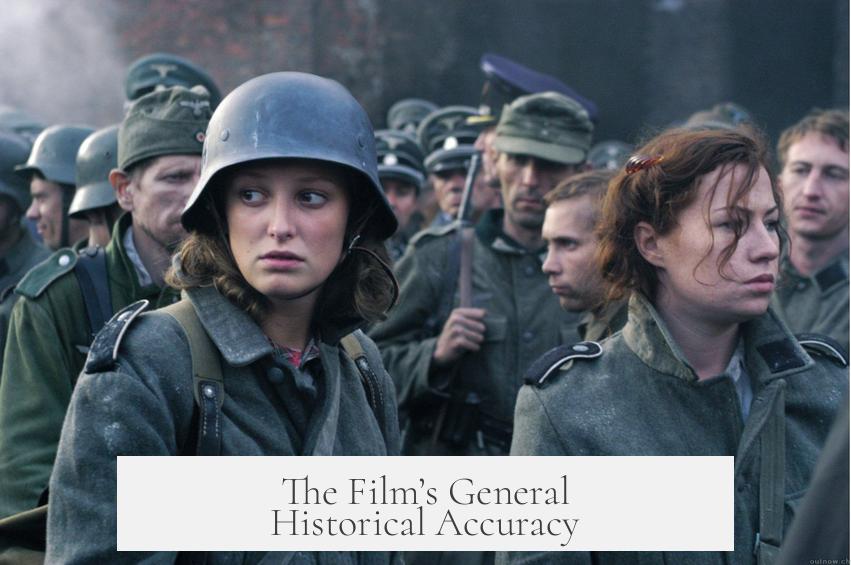
Historians and enthusiasts on forums like Reddit’s AskHistorians have weighed in. Contributors such as kaisermatias and KatsumotoKurier affirm that the film “gets the big picture right.” The depiction of events—the siege of Berlin, Hitler’s declining health and mental state, the chaos inside the bunker—is grounded in solid research.
That said, minor details and timelines are compressed or altered. Events in the Soviet advance, the actions of minor characters, or the exact tone of conversations sometimes reflect the filmmakers’ goal to maintain tension and pace, rather than strict chronology.
Still, the movie’s dedication to authenticity is commendable when contrasted with many war films which lean heavily on myth or propaganda. It offers an immersive experience that feels both intimate and chaotic—consistent with what accounts from the bunker suggest.
The Portrayal of Hitler: Man or Myth?
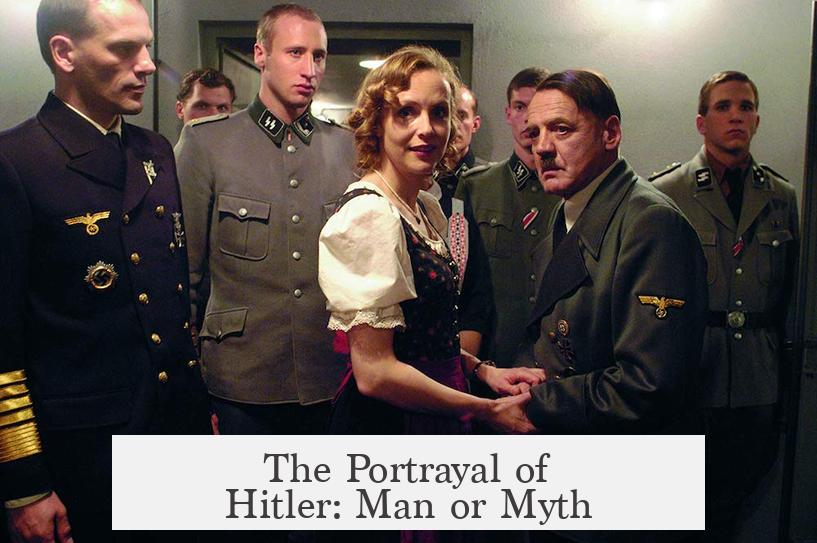
One of the most debated aspects is the depiction of Hitler himself. Pop culture often paints him as a cartoonish rage machine, but eyewitnesses describe a more complex individual combining brooding intensity, arrogance, and moments of vulnerability.
Reddit user georgy_k_zhukov explains that the film captures this multifaceted nature pretty well. Rather than a one-dimensional villain seething nonstop, the Hitler in Downfall oscillates between furious tirades and eerie moments of despair and resignation. This aligns with firsthand descriptions, making it one of the most psychologically nuanced portrayals on screen.
By humanizing Hitler without exonerating him, the movie challenges viewers to confront uncomfortable truths. It asks: What does it mean when a figure of immense evil appears, at times, almost ordinary? This complexity is essential for historical understanding, rather than feeding simplistic stereotypes.
The Steiner Scene: Fact or Fiction?
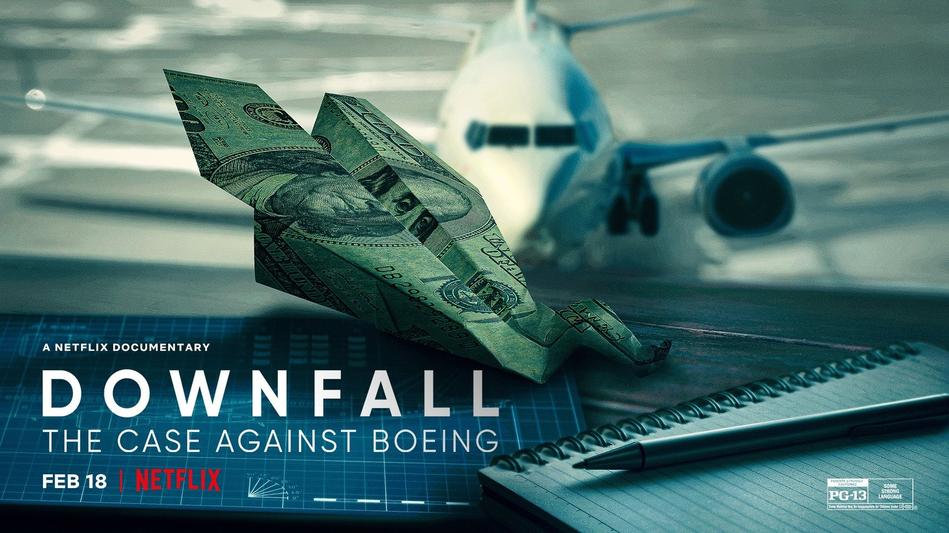
Ah, the famous Steiner Scene — perhaps the most iconic moment from Downfall. Here, Hitler orders General Felix Steiner to launch a counterattack to halt the Soviet army, only to be met with the reality that Steiner’s forces are no longer capable.
But is this a historical moment or cinematic flair? According to experts like Capt_Blackadder and historians BigBennP, lazespud2, and kieslowskifan, the scene’s core is accurate but simplified.
- Hitler did indeed order Steiner to attack and was shocked when told Steiner lacked the troops for such an operation.
- The generals present in the bunker—Keitel, Jodl, Krebs, and Burgdorf—were among the top Nazi military leaders, explaining why they stayed while others left the room during critical briefings.
- The tension and frustration portrayed capture the unraveling command structure in Berlin.
While the film compresses the moment for maximum emotional impact, historians say it is rooted in real communications and meetings from the time. The scene effectively illustrates Hitler’s detachment from reality and the desperate military situation.
What Does This Mean for Viewers?

Watching Downfall offers more than a glimpse into the twilight of the Third Reich. It presents a well-crafted narrative grounded in historical research, eyewitness accounts, and memoirs.
Yet, it is crucial to remember it’s still a film—a work of art shaped by storytelling needs. For instance, some characters are composites or slightly altered to fit the narrative. The chronological order may be tightened to fit the runtime.
So, if you’re after a documentary-level treatment, supplement your viewing with books or credible documentaries. But if you want to experience one of the most authentic dramatic depictions of Hitler’s final days, Downfall delivers.
Final Thoughts: Why Historical Accuracy Matters Here

This isn’t just about nitpicking details for fun, although that’s entertaining! Understanding the historical accuracy of Downfall helps us grasp the gravity of the period and the mindset of those involved.
It challenges simplistic narratives, encourages critical thinking, and avoids turning history into mere caricature. It also reminds us of the dangers of ideology and the chaos unchecked power produces—lessons still vital today.
So, next time you see that infamous “Hitler rant” meme, remember it comes from a movie that, beneath the meme, is surprisingly close to history. It’s a reminder that history’s darkest chapters deserve a careful, honest telling—without Hollywood gloss.
In Summary
| Aspect | Accuracy in Downfall | Notes |
|---|---|---|
| General Events | High | Timeline slightly compressed; broad events truthful |
| Hitler’s Personality | Nuanced and accurate | Mixes rage and despair per accounts |
| The Steiner Scene | Historically based | Key generals accurate; scene intensified for drama |
Had enough of history’s mysteries? Have you seen Downfall? What did you think about its take on those fateful days? Drop your thoughts or questions—because history is better when shared!
